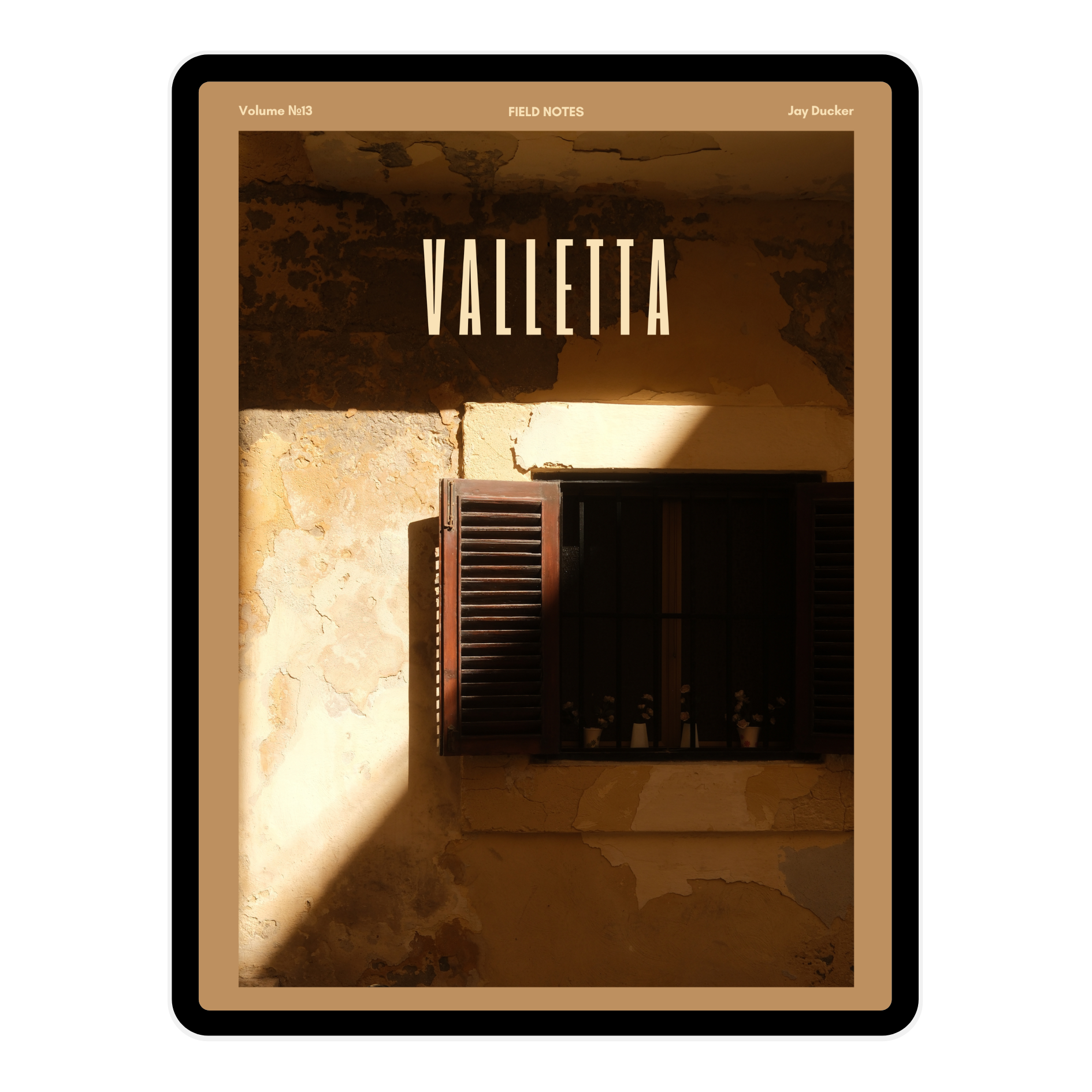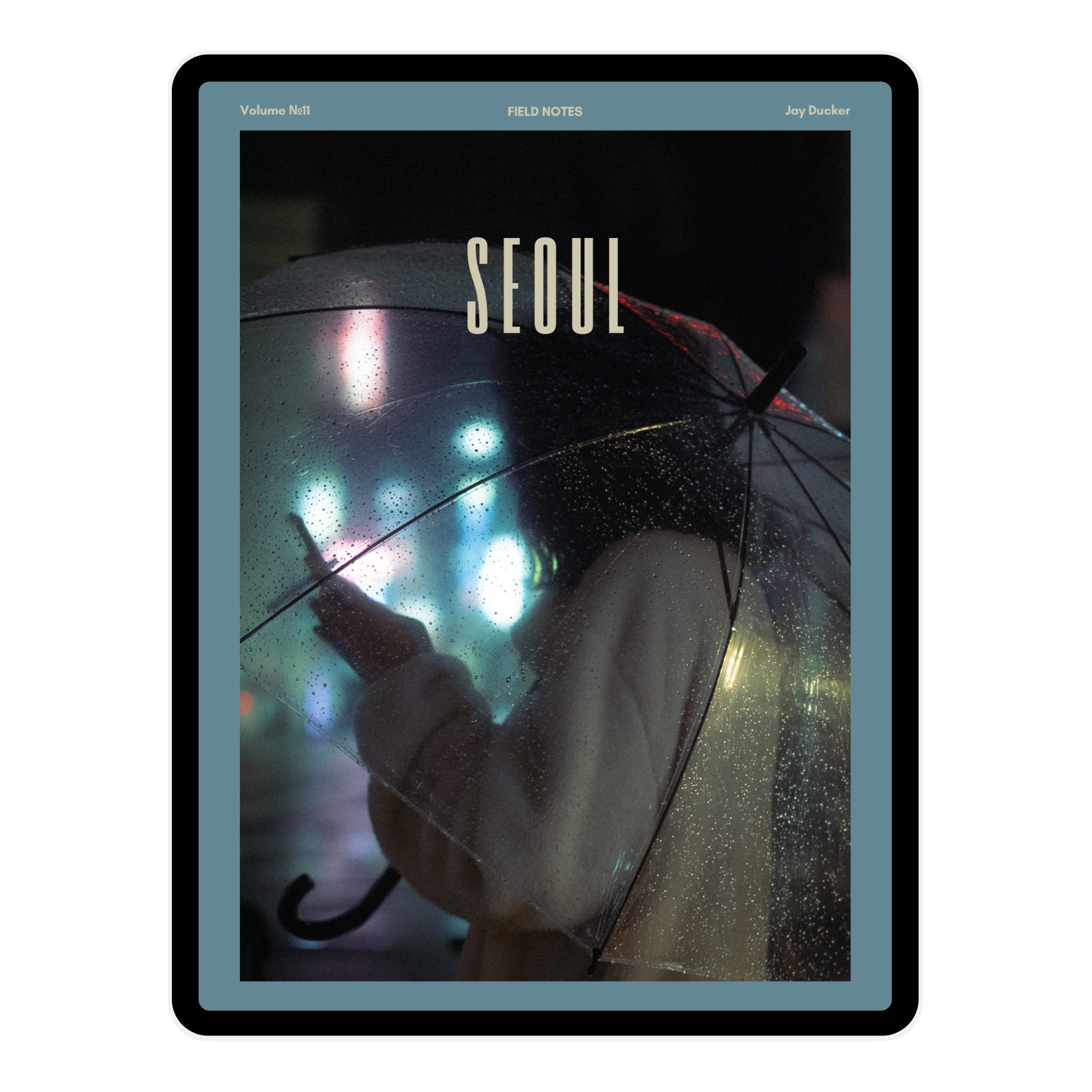The Only Two Lenses You Might Need for Travel Photography
As a travel photographer and a Fujifilm user, I believe there might be only two lenses you truly need. However, as much as I appreciate them optically, I absolutely hate traveling with them. They’re big, heavy, and far from budget-friendly. But when it comes to performance, they are undeniably fantastic.
Both of these lenses are Red Badge Fuji zooms, which means they offer top-tier optical quality. If size and weight don’t bother you, they might just be the perfect travel photography kit. Let’s break them down.
The Fujifilm 16-55mm f/2.8 – A Workhorse Lens That’s Hard to Travel With
The first lens is the Fujifilm 16-55mm f/2.8, a lens I only recently purchased but have been using non-stop. It delivers stunning image quality, is great for video, and is built like a tank. However, it’s not travel-friendly at all. It’s heavy, bulky, and lacks image stabilisation. Fortunately, with the X-H2S’s in-body stabilisation, that isn’t a dealbreaker.
While it covers a very useful focal range (equivalent to 24-82mm on full-frame), I find myself preferring smaller, more compact lenses when I travel. That said, if travel photography is your full-time job and you’re committed to Fujifilm, it’s hard to argue against this lens.
The Fujifilm 50-140mm f/2.8 – Incredible Telephoto, But at a Cost
The second lens is the Fujifilm 50-140mm f/2.8, another Red Badge zoom that delivers exceptional image quality. Between these two lenses, you get a complete focal length range from 16mm to 140mm (24-210mm full-frame equivalent), which is a huge advantage. Whether you’re shooting wide landscapes or zooming in on distant subjects like surfers, this combo has you covered.
However, the weight and size are major drawbacks. Carrying both of these lenses on a trip feels excessive, and it takes away from the joy of travel photography.
Shot with the Fujifilm 50-140mm f/2.8
Why Not Just Go Full-Frame?
Sony and Canon users often ask me why I don’t switch to full-frame since these Fujifilm zooms are so large. My answer? Fuji’s colour science. I genuinely believe it’s the best among camera brands, and that alone keeps me loyal to the system. But I do recognize the irony—one of the benefits of APS-C should be smaller gear, yet these lenses are anything but compact.
Alternative: A More Minimalist Setup
If you’re a wildlife or sports photographer, these two lenses might be essential. However, for street and travel photography, I personally lean towards a smaller setup. Lately, I find myself gravitating towards a two-prime setup, like the Fujifilm 33mm f/1.4 and the 18mm f/1.4. They’re lighter, more compact, and still cover most of my needs.
So, Are These the Only Two Lenses You Need?
Honestly, I’m not convinced. While they cover nearly every focal length you’d want, the trade-off in size and weight is significant.
Oh, and if you ever find yourself in Ballybunion, County Kerry, Ireland, go check it out—it’s one of Ireland’s best-kept secrets! Just don’t tell too many people.
Help support this ad-free blog by checking out my products below
*This post contains affiliate links and I will be compensated if you make a purchase after clicking through my links.
As an Amazon Associate I earn from qualifying purchases



















